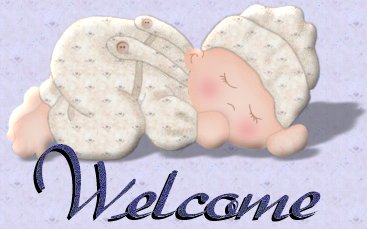

Majors events of muscle contraction and relaxation.
Muscle Fiber Contraction:
1. The distal end of a motor neuron releases acetylcholine.
2. Acetylcholine diffuses across the gap at the neuromuscular junction.
3. The sarcolemma is stimulated, and a muscle impulse travels over the surface of the muscle fiber and deep
into the fiber through the transverse tubules and reaches the sarcoplasmic reticulum.
4. Calcium ions diffuse from the sarcoplasmic reticulum into the sarcoplasm and bind to troponin
molecules.
5. Tropomyosin molecules move and expose specific sites on actin filaments.
6. Actin and myosin filaments form linkages.
7. Actin filaments are pulled inward by myosin cross-bridges.
8. Muscle fiber shortens as a contraction occurs.
Muscle Fiber Relaxation:
1. Acetylcholinesterase decomposes acetylcholine, and the muscle fiber membrane is no longer stimulated.
2. Calcium ions are actively transported into the sarcoplasmic reticulum.
3. ATP causes linkages between actin and myosin filaments to break without ATP breakdown.
4. Cross-bridges recock.
5. Troponin and tropomyosin molecules inhibit the interaction between myosin and actin filaments.
6. Muscle fiber remains relaxed, yet ready until stimulated again.